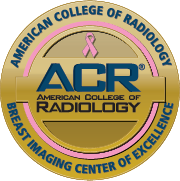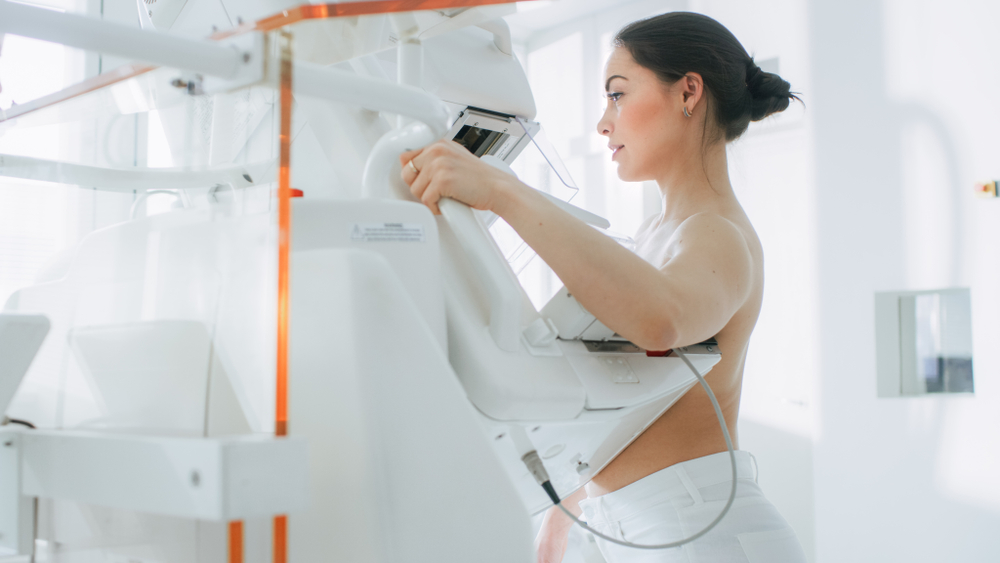
Santa Barbara Women’s Imaging Center is now a Breast Imaging Center of Excellence as designated by the American College of Radiology (ACR).
This designation means Santa Barbara Women’s Imaging Center has achieved accreditation by the ACR in stereotactic breast biopsy, breast ultrasound, and ultrasound-guided breast biopsy, breast MRI and in mammography, and signifies that we provide these essential services to our community at the highest standards of the radiology profession.

3D Mammography
Digital Breast Tomosynthesis (DBT), also known as 3D mammography, is the latest advance in mammography. At Santa Barbara Women’s Imaging Center, we preferentially perform tomosynthesis over traditional 2D digital mammography as we believe that there is only additional benefit with no additional harm. DBT is accomplished similarly to a traditional mammogram with the exception that the x-ray tube moves during the exposure, acquiring multiple “snap-shots” from different angles. The result is a stack of thin images, spaced just 1 mm apart, that are reviewed with and compared to standard 2D images. The experience for the woman is identical to traditional mammography.
The ability to see breast tissue in thin “slices” dramatically improves clarity and detail. Multiple studies have demonstrated improved cancer detection and decreased false positives. A common reason for callbacks and false positives is due to unclear images using traditional 2D mammography. Dense tissue and cancer can both show white on an image. With 3D, each slice of the breast tissue is shown, providing a clear image for the radiologists. Tomosynthesis was approved by the Food and Drug Administration (FDA) in 2011. We are proud to be the most experienced site in the Central Coast performing this breakthrough technology since 2012.
Tomosynthesis is especially useful for women with dense breast tissue but has been shown to benefit women of all ages and tissue densities. Women with dense breast tissue will additionally benefit from Automated Whole Breast Ultrasound (ABUS).
Mammography is safe for women with implants and is used both to detect breast cancer and to check the integrity of the implants. A set of images is made to include the entire breast and implant, and the second set of images is made for the breast tissue. It is not possible to image all of the breast tissue with mammography in many women with breast implants. Automated Whole Breast Ultrasound is sometimes recommended in addition to mammography for these women.
Benefits of tomosynthesis
- Reduces the rate of false positive readings
- Reduces the need for a biopsy
- May help reduce long-term anxiety while awaiting test results
- Enables the healthcare provider to more accurately locate where the abnormality is in the breast

